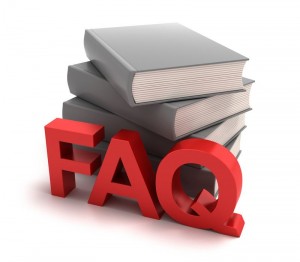- What is dyslexia?
- Isn’t learning to read and spell a natural process?
- How long will it take to teach my child to read?
- Is there homework?
- What ages do you teach?
- How much training and experience do you have?
- What is your success rate?
- Where do you tutor?
- When do you schedule students? How often and how does this work around after-school activities?
The simplest definition of dyslexia is “an unexpected difficulty with learning to read or spell”. An individual with dyslexia struggles with “hearing” and identifying the individual sounds within words. A young child with dyslexia may not be able to identify which words rhyme or which words end in the same sound. An older child may delete, add or change words while reading, may have difficulty understanding what they read or may try to avoid reading altogether. If your child has difficulty with accurate or fluent word recognition, comprehension of material read or struggles with correct spelling (beyond the spelling test), she/he could have dyslexia.
Isn’t learning to read and spell a natural process?
Some children do indeed seem to learn to read naturally; they are able to intuit the rules of the language with relative ease if they are surrounded by printed material. Other children will learn to read without too much difficulty as long as they are taught using a good phonics-based curriculum. But still others find learning to read and spell as elusive as learning rocket science. And those who teach them are often as confounded as the children are. In order for these children to master reading and spelling, they must be taught using explicit, multi-sensory techniques. And even within this group of children, there will be varying degrees of difficulty which is why the Orton-Gillingham approach is also totally individualized, by delivering lesson that are uniquely prepared for each child for each and every session.
How long will it take to teach my child to read?
That is a difficult question to answer. No two children learn the same way or at the same rate. For students who do not have a learning disability but have not had the benefits of a good reading instructional method, the Orton-Gillingham method can work at a rapid pace. For those with dyslexia, more time may be needed to bring them up to grade level. But without the benefit of the Orton-Gillingham approach, they may never become good readers and spellers. No program can guarantee results within a certain time frame because all children learn differently and have varying degrees of difficulty with reading. Because this method is individualized, every student’s needs are addressed and unique lessons are planned for each student. For many students, this approach may offer them their first taste of success with the written English language.
The best reinforcement is reading practice. Think of the Orton-Gillingham lessons like you would music lessons. The concepts are taught during these sessions but the more reading practice your student gets at home, the faster he/she will master them. The student should read books that are easy for them to decode in order to increase their fluency. The student should also read books that require some decoding so that he/she is using the multi-sensory techniques to practice decoding. And, lastly, the student should be read to as much as possible. This can be cozying up on the couch next to you as you read or it can be listening to an audio book. This will expose them to reading material at their cognitive level which builds vocabulary. And it goes a long way toward making reading fun!
I have taught students ages 5 to 60. This method is effective with all ages.
How much training and experience do you have?
I took 4 graduate level Orton-Gillingham classes in 2000, 2001, 2003 and 2004. I have been an OG practitioner since 2000 and have worked with over 200 children, teens and adults. I have also participated as an instructor of teachers during the OG teacher training classes run by Orton-Gillingham of MN.
Every student I have worked with has responded positively to the tutoring. Because all students learn differently, I have worked with those that have made slow and steady progress but I have also worked with many who soared ahead. Quite a few of the kids I’ve worked with have said some version of, “Why didn’t someone teach me these rules before!?”
I tutor in my home office in a quiet area away from distractions but visible from the entryway door. I am located in Mounds View, MN.
When do you schedule students? How often and how does this work around after-school activities?
I work with students between the hours of 7:30am and 6:30pm. Some children come before school begins, some come after-school and still others come during school hours. I require a minimum of 2 sessions per week or the retention of material suffers. Most students come 2 or 3 times per week, either Monday and Wednesday or Tuesday and Thursday, with a third session scheduled on Friday.



